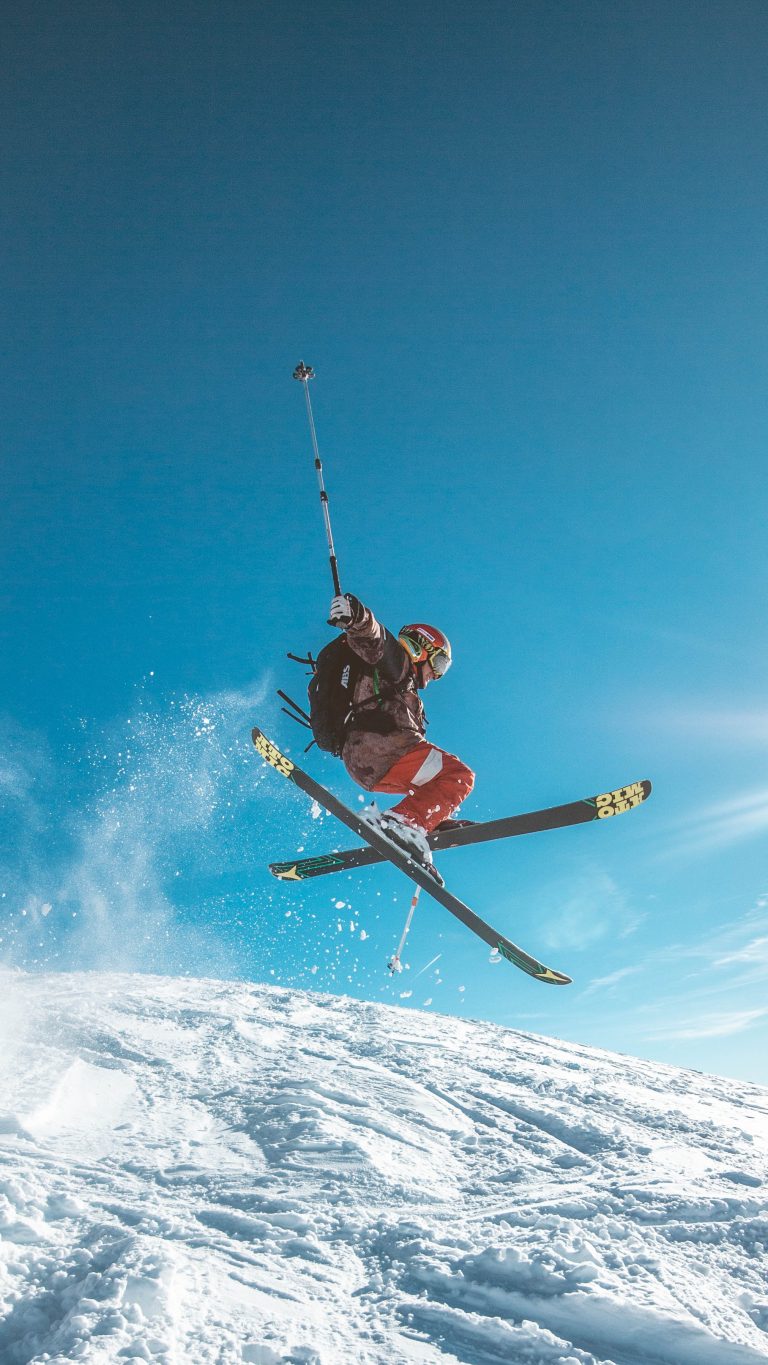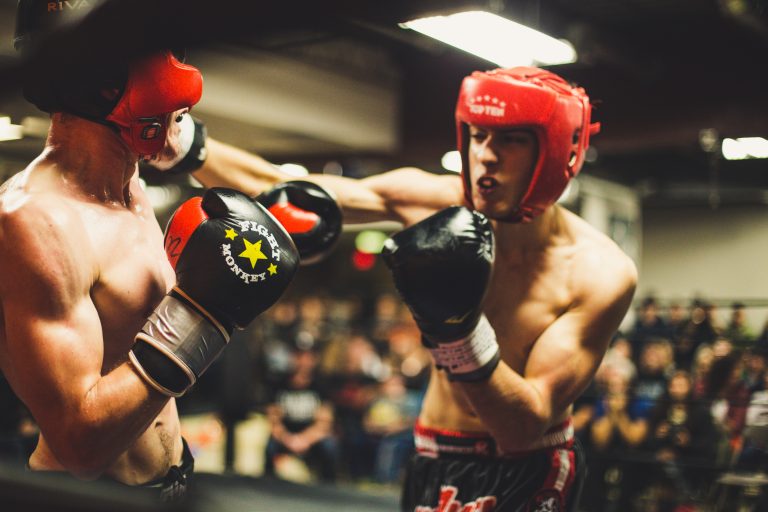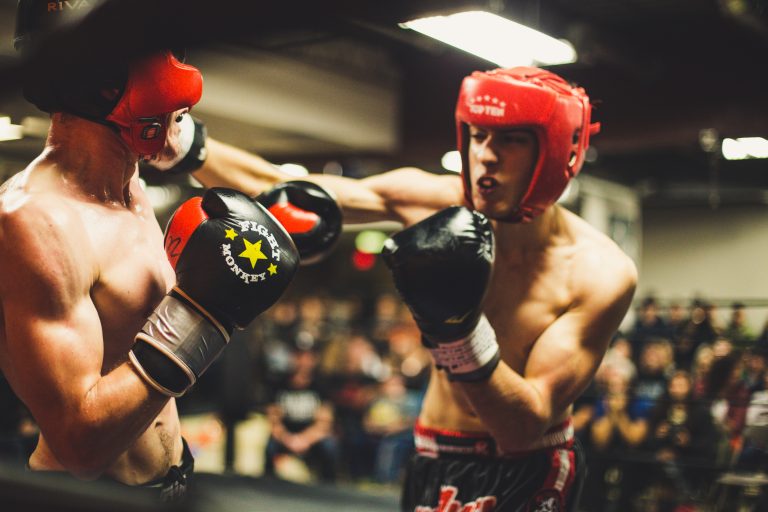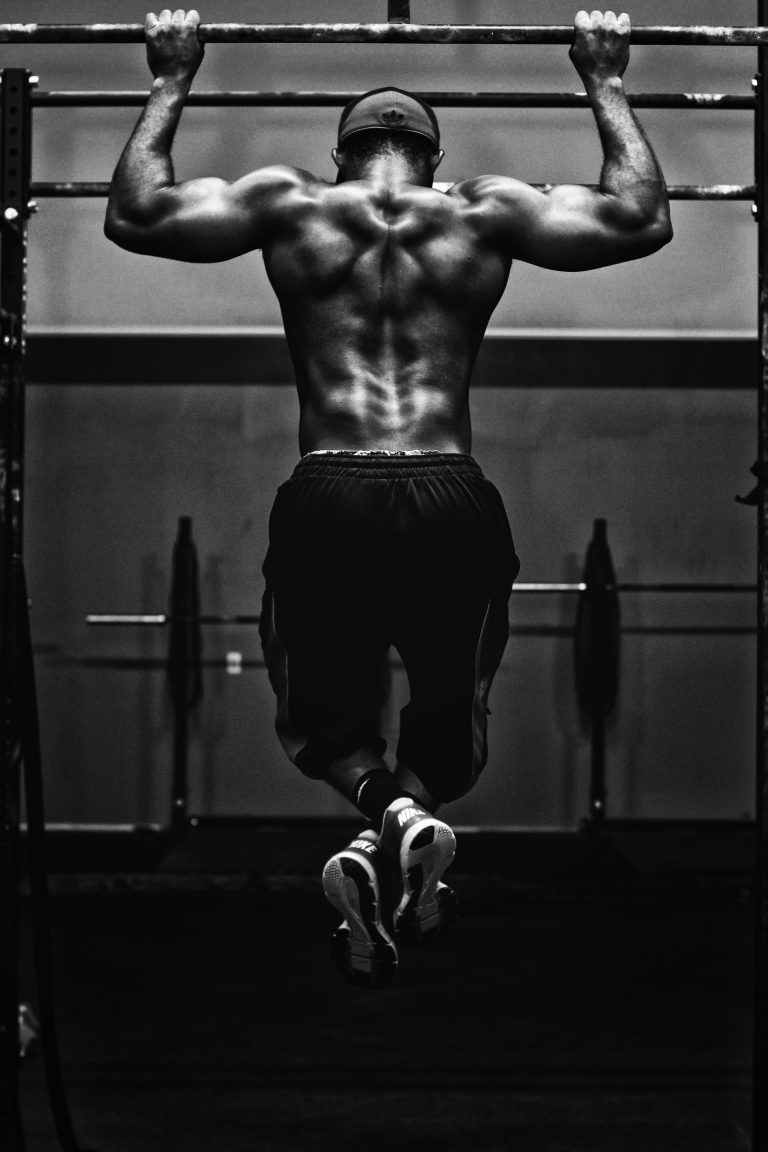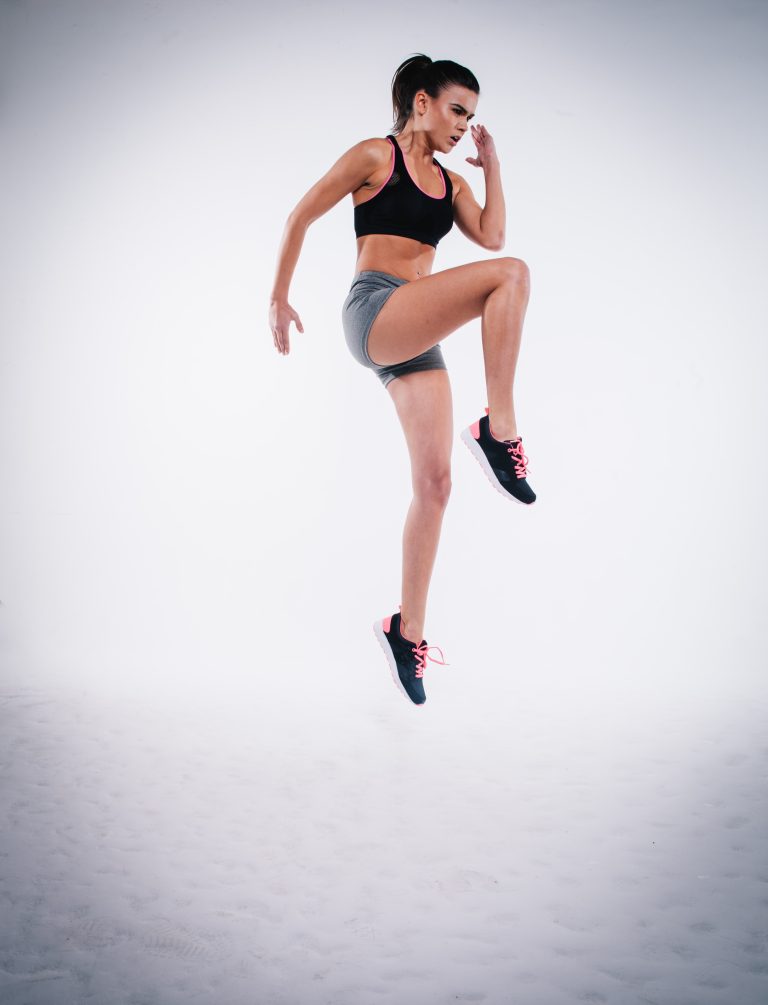Karate Dojo Etiquette: Rules of Conduct, Respect, and Tradition
Karate, a martial art that originated in Okinawa, Japan, is not just a sport or a form of self-defense; it is a way of life that emphasizes discipline, self-control, and honor. As such, the dojo, or karate training hall, is not just a place to work out; it is a sacred space where students learn both physical and mental techniques to become better human beings. To honor this tradition, karate practitioners follow a strict code of conduct and adhere to specific etiquette rules when entering, training, and leaving the dojo. In this post, we will cover the essential karate dojo etiquette rules that every student should know to show respect to their teacher, peers, and the art of karate.
Entering the Dojo
When entering a dojo for the first time, it’s essential to show respect to the place, your teacher, and your peers. Here are some of the essential rules that you should follow:
- Ensure that you arrive early to avoid being late.
- Remove your shoes and place them neatly in the designated area.
- Bow to the shomen or the front of the dojo as a sign of respect to the founder of the karate style or the national flag where the dojo is located.
- Announce your arrival by saying „Osu!“ to let your teacher and peers know that you are present.
- Greet your teacher and peers with a bow and call them by their titles, such as „Sensei“ for the teacher or „Senpai“ for the senior students.
- Make eye contact and smile to show your willingness to learn and collaborate with others.
- Wait patiently for your teacher’s instructions before proceeding.
During Training
Karate training is tough and demanding, both physically and mentally. Therefore, you need to keep your focus, follow your teacher’s instructions, and show respect to your peers during training. Here are some of the essential rules to follow:
- Be attentive and listen carefully to your teacher’s instructions.
- Maintain a clean and tidy appearance, as unkempt dress is unacceptable.
- Address your teacher and peers with respect and avoid using their first names.
- Avoid talking, laughing, or using your phone during training, as this is disrespectful to your teacher and peers.
- Avoid reckless behavior or horseplay, as this can result in injury to yourself or others.
- Bow to your partner before and after every exercise, as a sign of respect and appreciation.
- Follow the training routine and pay attention to safety instructions to avoid accidents.
- Ask permission from your teacher before leaving the training floor.
Leaving the Dojo
When leaving the dojo, it’s essential to show gratitude and respect for your teacher, peers, and the place where you trained. Here are some of the essential rules to follow:
- Bow to your teacher, peers, and the shomen as a sign of respect and gratitude.
- Thank your teacher and peers for training with you and helping you improve.
- Put on your shoes neatly and leave the changing room clean and tidy.
- Greet the other students waiting outside the dojo, as a sign of respect and camaraderie.
- Avoid discussing karate outside the dojo, as some techniques may be confidential.
- Follow the instructions of your teacher and avoid doing karate techniques without their guidance.
Commonly Asked Questions About Karate Dojo Etiquette
Karate is not just a sport, it is a way of life. It teaches discipline, respect, and focus. However, it is important to remember that these values also extend to the way we conduct ourselves within the dojo. As a student of karate, understanding the dojo etiquette is just as important as learning the techniques themselves.
Here are some commonly asked questions about karate dojo etiquette to help you get started:
1. What should I wear to class?
Traditionally, karate students wear a white uniform called a gi. The gi consists of a jacket, pants, and a belt. The belt color signifies the student’s rank and progress in the art. It is important to keep the gi clean and well-maintained as a sign of respect for yourself and your fellow students.
2. How do I enter and exit the dojo?
When entering the dojo, it is important to bow towards the kamidana, or shrine, as a sign of respect. You should then remove your shoes and store them neatly in the designated area. As you walk towards the training area, you should bow towards the sensei, or instructor. When exiting the dojo, you should follow the same steps in reverse order.
3. How do I behave during class?
During class, it is important to show respect for the sensei, fellow students, and the art itself. This means paying attention, avoiding disruptive behavior, and following instructions promptly. It is also considered respectful to bow towards the sensei at the beginning and end of class.
4. Can I speak during class?
In general, it is best to avoid speaking during class unless it is necessary for learning purposes. If you have a question, it is appropriate to raise your hand and wait to be called on. Make sure that your question is relevant and respectful.
5. What if I am late to class?
If you are late to class, you should wait at the door and bow towards the sensei. Wait for a signal from the sensei or an assistant instructor before entering the training area. Try to enter as quietly and unobtrusively as possible to avoid disrupting the class.
6. Can I bring food or drinks into the dojo?
In general, it is best to avoid bringing food or drinks into the dojo. If you must bring water, make sure it is in a sealable bottle and kept off the training area. If you need a break during class, wait for an appropriate time to exit the training area and consume your food or drink.
7. How do I interact with higher-ranked students?
Higher-ranked students should be treated with the utmost respect. When bowing towards the sensei, also bow towards any higher-ranked students present. If they offer feedback or correction, accept it with humility and gratitude.
8. How do I show respect for the dojo?
Respect for the dojo goes beyond just following the rules of etiquette. You should also keep the dojo clean and well-maintained, as well as treat all equipment with care. If you see something out of place or in need of repair, let the sensei or an assistant instructor know right away.
9. How can I improve my karate dojo etiquette?
The best way to improve your etiquette is to practice it consistently. Pay attention to the behavior of higher-ranked students and ask for feedback if you are unsure about a particular rule. Focus on showing respect for the sensei, fellow students, and the art itself, and you will be well on your way to embodying the spirit of karate.
In conclusion, karate dojo etiquette is an essential part of the art and should be taken seriously by all students. By following these commonly asked questions and guidelines, you can show respect for the dojo, your fellow students, and the art of karate itself.
Karate Dojo Etiquette: A Step-by-Step Guide
Karate is not just a martial art, but a way of life. It teaches discipline, respect, and humility. As a student, one of the most critical aspects of learning karate is understanding the dojo etiquette. In this guide, we will walk you through the essential steps you should follow to show proper etiquette in a karate dojo.
1. Arrive Early
Arriving early is essential in any professional setting, and a karate dojo is no different. Arriving 10-15 minutes before your scheduled training session will give you enough time to change into your dojo uniform (gi) and mentally prepare for the class.
2. Bow as you Enter and Leave the Dojo
Bowing is a sign of respect in the karate community. You should bow as you enter and leave the dojo. This practice is a way to show respect to the place, the instructors, and your classmates.
3. Address Your Instructor and Seniors Properly
When addressing your instructor or seniors in the dojo, use their proper titles, such as ‘sensei.‘ It shows respect and acknowledgement of the hierarchy within the dojo. Additionally, when speaking to someone in a higher rank than you, use ‘senpai’ or ‘sempai.‘
4. Keep Silence During the Karate Class
While you are inside the dojo, maintain silence unless you are required to speak or answer a question from your instructor. Listening to your instructor’s instructions is essential for your safety and to learn essential techniques correctly.
5. Keep the Dojo Clean
You must maintain a clean dojo environment. Always remember to clean up after yourself, dispose of any litter or debris correctly, and put the equipment back where it belongs.
6. Follow Proper Dojokun
Dojokun refers to the five ethical principles that martial arts practitioners follow. The principles are; seek perfection of character, be faithful, endeavor to excel, respect others, and refrain from violent behavior. Every dojo will have its unique words, so it is essential to learn and follow the specific dojokun of your dojo.
7. Follow Dress Code
Most dojos have a dress code, which typically requires a white gi with a belt indicating your rank. If you are not sure about the dress code, ask your instructor. Remember that improper dress is considered disrespectful toward the dojo.
8. Be Humble and Respectful
Being humble and respectful is an excellent way to show that you understand and abide by the karate principles. Always keep an open mind, be attentive and polite, and learn from your seniors and teachers.
9. Stay for the Entire Class
It would be best to stay for the entire class unless you have an emergency or have received permission from your instructor. Leaving early or arriving late is disrespectful, especially after bowing in and greeting everyone.
10. Always Follow Your Instructor’s Advice
When training, always listen and follow your instructor’s advice. Always do what they say, as it is their responsibility to ensure that everyone is safe and that the class flows smoothly.
In conclusion, following the dojo etiquette is an essential part of learning karate. It shows respect to the dojo, teachers, and fellow students. By following the steps mentioned above, you will not only show respect but also help create an appropriate learning environment. Remember to always stay humble, be polite, and continue training to improve your karate skills.
Inhaltsverzeichnis

